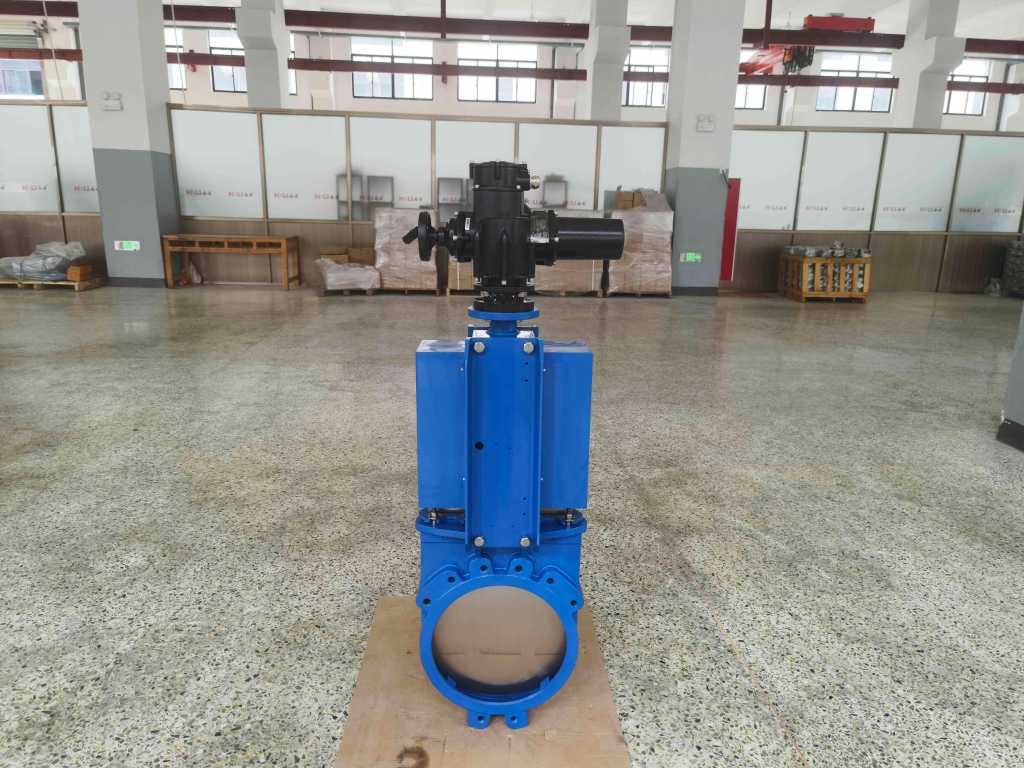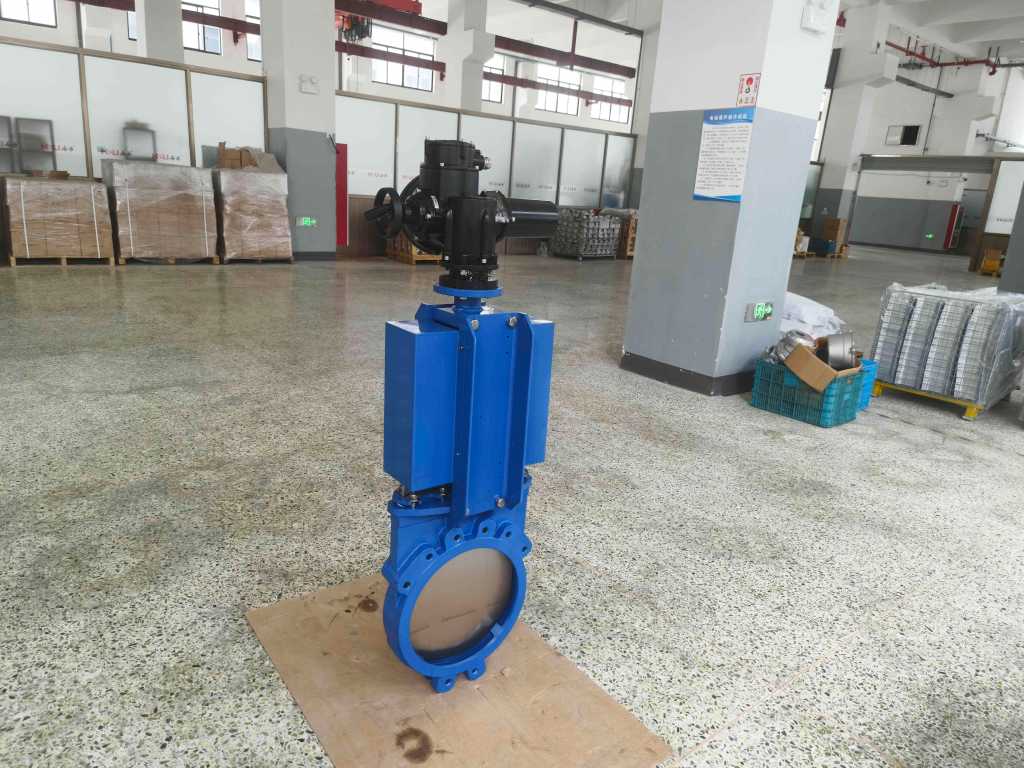The electric flat gate valve is a crucial component in modern industrial applications, combining the traditional gate valve design with advanced electric actuation technology. This innovative valve type offers significant advantages in terms of operational efficiency, precision, and reliability, making it a preferred choice for various sectors such as water treatment, oil and gas, and chemical processing.

At its core, the electric flat gate valve integrates an electric actuator with a flat gate valve. The gate valve itself is known for its straightforward design, which consists of a gate that moves up and down to control the flow of fluids through a pipeline. Unlike other valve types, the gate valve provides a full opening or closing action, ensuring minimal flow restriction when fully open. This characteristic is especially beneficial in applications requiring a straight-through flow path with minimal turbulence.

The electric actuator is the key feature that differentiates the electric flat gate valve from its manual counterparts. It replaces the manual handwheel or gear mechanism with an electric motor that controls the valve’s position with high precision. This integration offers several notable advantages. Firstly, it allows for remote operation, which is invaluable in hazardous or hard-to-reach locations. Operators can control the valve’s position from a central control room or even from a remote location via a control system, enhancing safety and convenience. Secondly, the electric actuator provides consistent and precise control over the valve’s opening and closing actions. This precision is crucial in processes where exact flow regulation is required to maintain optimal conditions. The actuator’s ability to adjust the valve position incrementally enables fine-tuning of flow rates, which can improve process efficiency and product quality.
